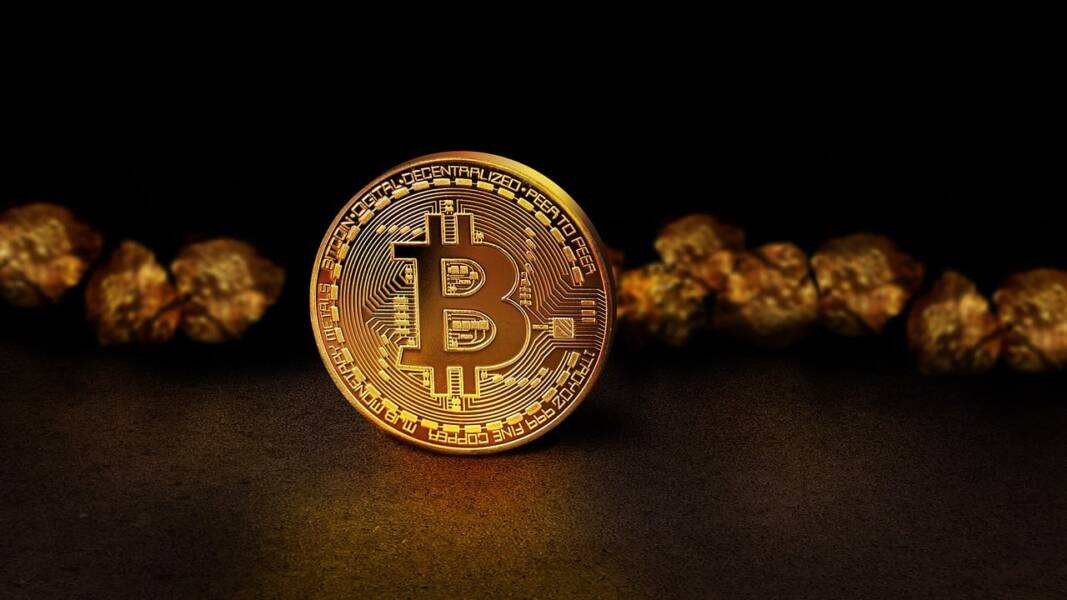The integration of Bitcoin and blockchain technology in recent years has revolutionized the art world, leading to significant changes such as the rise of Non-Fungible Tokens (NFTs), the use of blockchain for art authentication, and new methods for artist and collector engagement in the art market. These developments have introduced complex financial aspects that necessitate a thorough understanding for effective participation. To assist in grasping these financial intricacies, this Link to an Investment Education Firm stands out as a key resource, offering essential knowledge for navigating this new digital art era.
The Emergence of NFTs
Non-Fungible Tokens (NFTs) have become the driving force behind the convergence of Bitcoin and the digital art world. NFTs are unique digital assets that are indivisible and cannot be exchanged on a one-to-one basis. Each NFT is stored on a blockchain, which ensures its scarcity and provenance. This technology has revolutionized the art industry by allowing artists to tokenize their digital creations, turning them into unique and tradable assets.
NFT marketplaces like OpenSea, Rarible, and SuperRare have gained immense popularity, providing artists with a platform to mint and sell their NFTs directly to collectors. These marketplaces facilitate a decentralized approach to art sales, enabling artists to retain a more significant portion of their earnings compared to traditional art galleries.
Notable NFT art sales, such as Beeple’s “Everydays: The First 5000 Days,” which sold for $69 million at a Christie’s auction, have drawn global attention to the potential of this technology in the art world. Such high-profile sales have made it clear that NFTs are not just a passing trend but a transformative force in the industry.
Benefits and Challenges for Artists
Bitcoin and NFTs offer numerous advantages to artists. Firstly, they provide artists with a new revenue stream, allowing them to sell digital artworks directly to a global audience without the need for intermediaries. This democratizes the art world, giving emerging artists a chance to thrive.
Moreover, blockchain technology ensures the authenticity and provenance of digital art. Buyers can trace an artwork’s history on the blockchain, reducing the risk of forgery and art fraud. This newfound transparency enhances trust within the art market.
However, challenges exist, such as environmental concerns regarding the energy-intensive nature of some blockchain networks. Additionally, artists need to navigate complex copyright issues when tokenizing their work as NFTs, as copyright laws often lag behind technological advancements.
Bitcoin as a Tool for Art Authentication
One of the most significant contributions of Bitcoin to the digital art sphere is its use as a tool for art authentication. Blockchain technology allows for the creation of tamper-proof certificates of authenticity. When an artwork is tokenized as an NFT, its ownership history is recorded on the blockchain, guaranteeing its legitimacy.
This innovative approach can significantly reduce art forgery and disputes over provenance. Blockchain’s immutable ledger ensures that once an artwork is authenticated on the blockchain, its history cannot be altered or erased. This newfound trust in the art market benefits both artists and collectors.
Digital Art Collectors and Investors
The integration of Bitcoin and digital art has attracted a unique group of collectors and investors. These individuals often have a deep interest in cryptocurrency and blockchain technology, making them early adopters of NFTs and Bitcoin-powered art.
Investment strategies in the digital art market differ from traditional art investing. Collectors focus on the potential appreciation of NFTs, driven by factors such as an artist’s reputation, rarity of the artwork, and its historical significance within the blockchain art ecosystem. The liquidity and 24/7 trading of NFTs offer flexibility to investors.
Cryptocurrency Art Galleries and Museums
The digital art revolution has given rise to cryptocurrency art galleries and museums, offering immersive experiences for art enthusiasts. These virtual spaces accept Bitcoin as a means of purchasing and displaying digital art.
These galleries and museums often leverage cutting-edge technology, such as virtual reality (VR) and augmented reality (AR), to create engaging and interactive exhibitions. This blurring of the lines between physical and virtual art spaces is an exciting development in the art world.
Future Trends and Speculation
As Bitcoin continues to evolve, its integration into the digital art sphere is expected to deepen. Predictions for the future include greater mainstream adoption of NFTs, more sustainable blockchain networks, and improved copyright solutions for artists.
Furthermore, the intersection of Bitcoin, digital art, and virtual reality may lead to entirely new ways of experiencing and collecting art. The potential for decentralized autonomous organizations (DAOs) to govern art collections and exhibitions is also on the horizon, allowing for community-driven curation.
Conclusion
The integration of Bitcoin into the digital art sphere represents a fundamental shift in how we create, buy, sell, and appreciate art. NFTs and blockchain technology have opened up new opportunities for artists, collectors, and investors, while also addressing age-old challenges in the art world, such as authentication and provenance.
The transformative potential of Bitcoin in the art industry cannot be understated. It has ushered in an era of decentralization, transparency, and innovation that promises to reshape the art world for years to come. Artists, collectors, and enthusiasts should continue to explore this evolving landscape, as it holds immense promise for the future of art and creativity.
TechnologyHQ is a platform about business insights, tech, 4IR, digital transformation, AI, Blockchain, Cybersecurity, and social media for businesses.
We manage social media groups with more than 200,000 members with almost 100% engagement.
